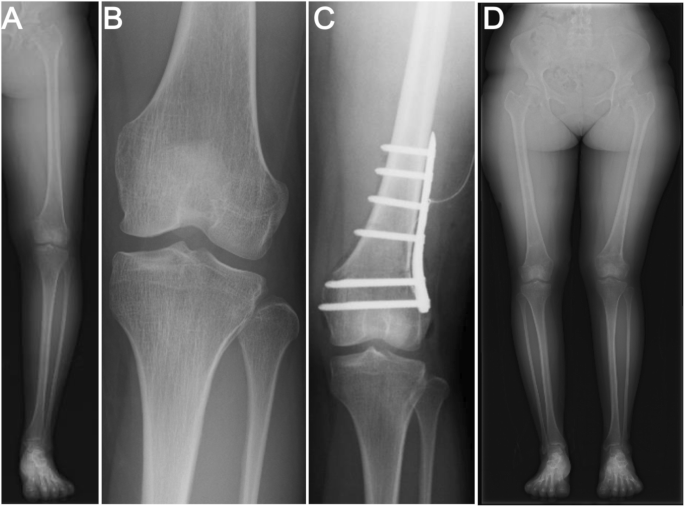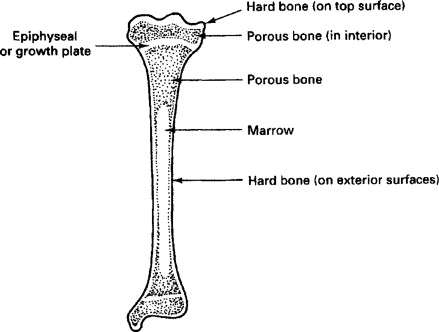
The epiphyseal plates (physes, physics or growing plate) are a small, hollow cartilage plate located on the ends of long bones in the human body; it's the section of a large bone that houses new bone growth. Epiphyseals are actually connected to each other by a thin layer of connective tissue and can be separated into two different ends, usually between the fifth and tenth metatarsal. This structure is important because it contains a compartment where the bone grows; this part of the bone is responsible for our arch.
In this part of your body, your bone is growing around long bones such as the femur, tibia and fibula. These bones will grow from the epiphyseal plates during the early stages of childhood; the more complex and long bones will start to grow from these plates when you are young. The epiphyseal can break off, and you may experience pain when your bones are growing, or in extreme cases, even while bone growing is taking place. In order to get a clear picture of what the condition of your bone looks like, it's recommended that you visit a doctor. The doctor will take a look at the shape, size and color of the bone and will be able to tell you whether or not the bone on which the bone growth is taking place is attached to one of your other bones, which can be a clear indication that the bone on which the growth is taking place is healthy and strong.
As the bone grows, it will start to change shape and size. Sometimes the bones can grow too fast and will start to separate. When this happens, the bone can start to separate, and if this happens you may start to feel pain around the area where the bone grew apart. You may even experience the bone being too weak and easily breaks, which can be a symptom that the bone growth is not strong enough or is missing a few joints.
There are several things that cause bone growth. Usually, the bone growth starts to happen when the body is in an underdeveloped state, such as when you're a child, teen, or in the initial stages of pregnancy. The bones have not developed completely and have a hard time growing after a period of growth and development in your body; this is why it's called "underdevelopment" of bones. When the body undergoes growth and development, the body will then need to replace all of the bones in its system; the bone on which the new bone growth is taking place will be replaced by growing new bone material.
Another thing that can cause bone growth is trauma. Trauma can result from a broken bone or accident, or from something that can be done to the body, such as an illness or a surgical procedure. There are many reasons why people suffer from this condition, such as severe injury or trauma; however, the main reason most people experience this type of condition is because of injury from a car accident or fall. Some people develop this problem due to a condition called osteogenesis imperfecta. Osteogenesis imperfecta is an inherited disorder in which bones develop abnormally; this condition affects bone growth and bone quality.

There are also some conditions in which bone development does not occur, although bone is still developing
The condition is called bone deformity. Deformed bones cannot grow; deformed bones cannot develop into the next stage, and they often grow into each other and begin to grow together, which is called bone fusion. Bone fusion is common in children, who often receive blows to the head; however, it is also common in adults, especially in people who have experienced a traumatic accident or illness. If you or someone you know has ever had a spinal cord injury, it is possible that your spinal cord will fuse with one of the bones in your spine.
Fusion of bones is not the only thing that can cause fusion of bones. Sometimes bones grow too quickly or too slowly, which is another sign of deformity. Overweight people often experience slow bone growth due to bones not being able to develop properly. Sometimes bones that have developed and grow too quickly stick together so tightly that they grow to the point where they cannot separate. grow again; this is called a spondylolectomy and can cause abnormal bone formation in the affected area.
Deformation of the bones can occur in any part of the body; however, where the problem occurs will determine where it occurs. If you or someone you know is experiencing this problem, you should talk to your doctor to determine the root cause of the problem and then learn how to treat it. Many procedures are required to correct the problem and prevent further problems from occurring. Your doctor may recommend surgery, surgery, physical therapy, or an exercise program.

